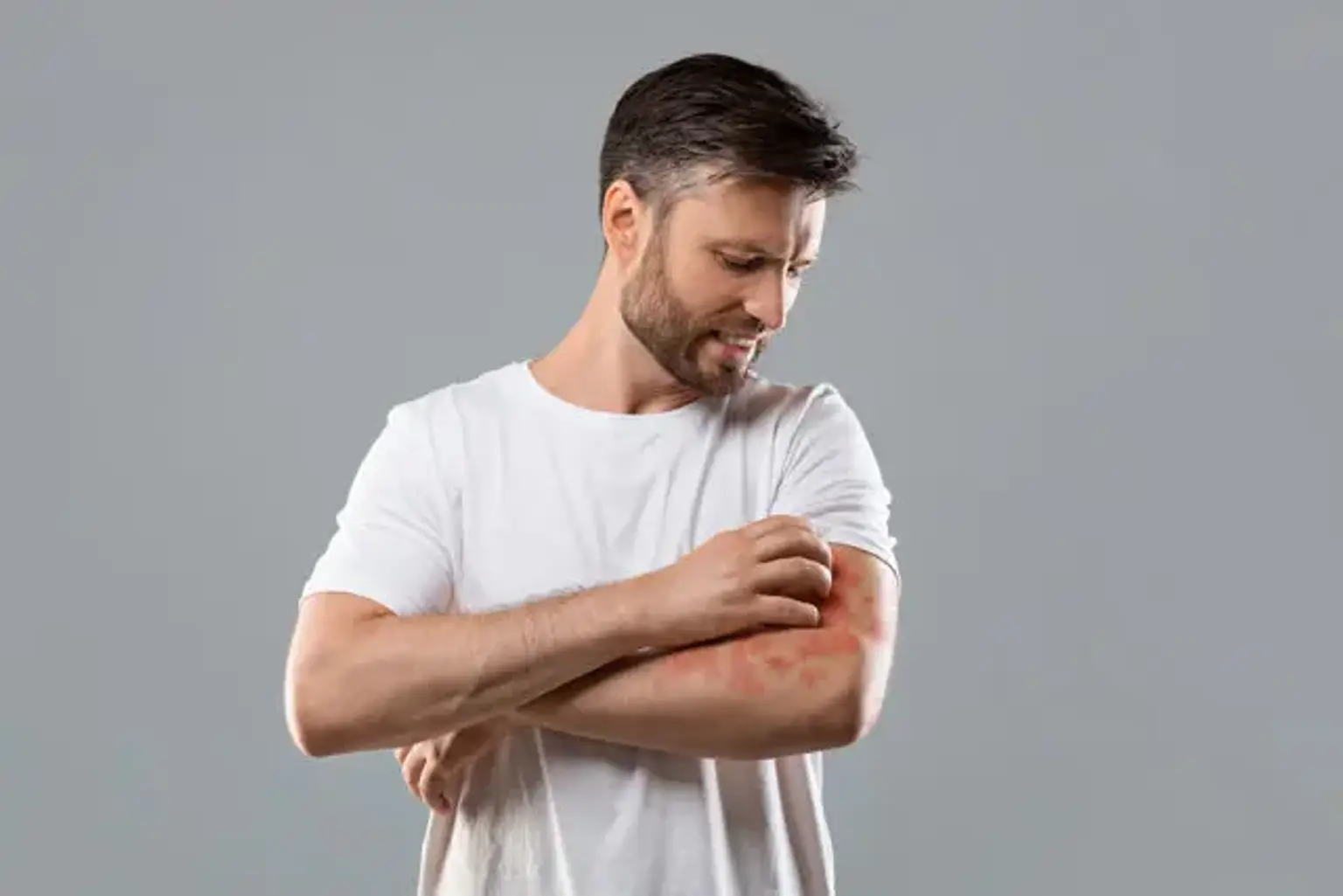Atopic Dermatitis
Atopic dermatitis, also known as eczema, is a skin condition that causes the skin to become red and itchy. It is most common in children, though it can also happen at any age. Atopic dermatitis is typically a chronic condition that flares up from time to time. Asthma or hay fever may accompany it.
There is no cure for atopic dermatitis. Treatments and certain self-care measures, on the other hand, can help alleviate itching and avoid more outbreaks. While some children and adults outgrow this condition, others will have it for the rest of their lives.
General Signs and Symptoms of Atopic Dermatitis
The signs and symptoms of atopic dermatitis vary greatly from one person to another. They can include the following;
- Skin dryness
- Itching that can be severe, particularly during the night
- Patches that appear red to brownish-gray, mainly on the feet, hands, ankles, neck, wrists, eyelids, upper chest, inside the elbow and knee bends, and the scalp and face in infants and toddlers with atopic dermatitis.
- When scratched, small, raised bumps may leak fluid and even crust over.
- Skin that is thickened, scaly, or cracked
- Sensitive, raw, and swollen skin due to scratching
Atopic Dermatitis Symptoms in Infants
The symptoms of atopic dermatitis in infants and babies below two years include:
